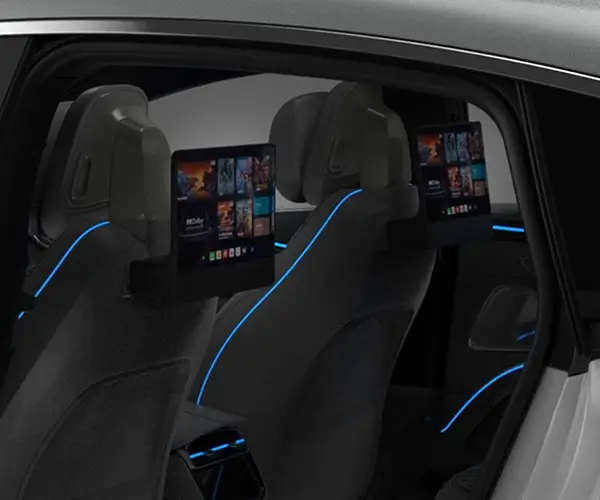Imagine trying to piece together a giant puzzle—each piece representing a bit of your application's logic, data, or service. Now, what if those pieces could connect seamlessly, be flexible, and evolve without causing chaos? That’s exactly where Domain-Driven Design (DDD) in microservices architecture shines, especially when paired with a robust Java framework.

You see, DDD isn’t just some buzzword tossed around. It’s about truly understanding your business domain—the core of what makes your organization tick—and translating that into a clear, modular structure. When you build microservices guided by domain models, you’re essentially creating independent, flexible units that mirror real-world processes. That means you can update, scale, or fix parts without causing ripples across the entire system.
Java, being incredibly mature and widespread, offers a perfect playground for this approach. With frameworks that support DDD principles, you get to leverage tried-and-true tools—spring boot, for example, simplifies microservice development while keeping things organized. It’s as if you’re giving your system a shot of adrenaline, enabling faster development cycles and better maintenance.
Let’s imagine a scenario: say you’re managing an e-commerce platform. Different components like user accounts, catalog management, and order processing can be designed as separate microservices. Each one adheres to the core domain logic—so your order shipping service focuses solely on what it should do—delivering, tracking, updating statuses—without getting bogged down by how user profiles are managed. That’s DDD at work, making sure each microservice is laser-focused.
People often wonder—does this really make life easier? Well, think about updating a feature. If you need to add a new payment method, you can work within the payment microservice, testing it in isolation. The rest of the system stays stable, and deployment gets faster. This modularity isn’t just a fancy buzzword—it’s a practical way to stay agile in a rapidly changing environment.
What about scalability? Microservices built upon domain logic can be scaled independently. If traffic surges on the catalog service, scaling it up won’t mean touching your payment or user services. Plus, with Java’s ecosystem, you get plenty of tools to monitor, secure, and optimize each piece, making your entire operation more resilient.
Some might ask, “Is this approach suitable for my company?” It really depends on how complex your domain is. If you're facing growth, frequent changes, or a need for constant updates, this approach can cut down on chaos and make your tech stack more aligned with your business goals.
While adopting domain-driven microservices in Java might sound like a hefty task, those who dare to try often find themselves riding a wave of efficiency, clarity, and agility. It’s about transforming how software is built—from spaghetti code to well-oiled gears that work together without grinding. And that’s the kind of evolution that leaves a lasting impact.
Established in 2005, Kpower has been dedicated to a professional compact motion unit manufacturer, headquartered in Dongguan, Guangdong Province, China. Leveraging innovations in modular drive technology, Kpower integrates high-performance motors, precision reducers, and multi-protocol control systems to provide efficient and customized smart drive system solutions. Kpower has delivered professional drive system solutions to over 500 enterprise clients globally with products covering various fields such as Smart Home Systems, Automatic Electronics, Robotics, Precision Agriculture, Drones, and Industrial Automation.




































